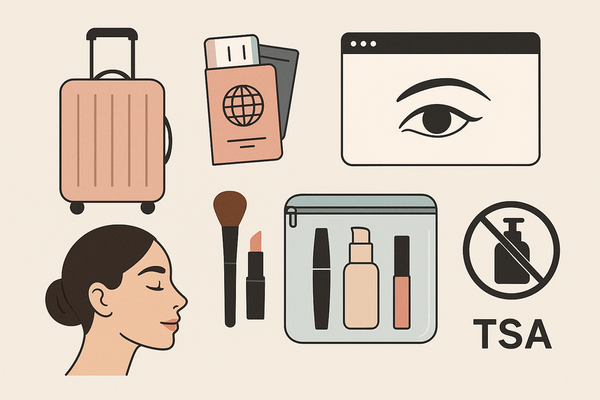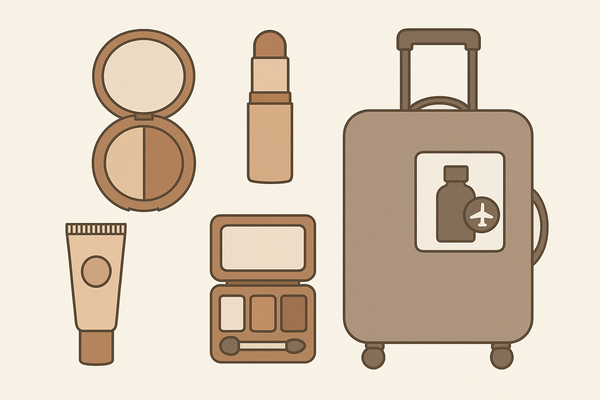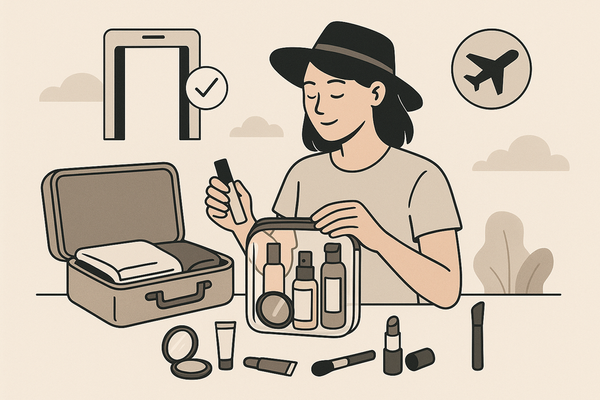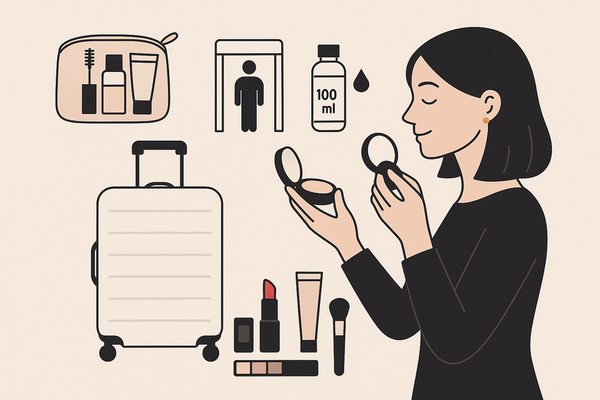The Ultimate Mood-Enhancing Makeup Color Guide
Discover how the mood-enhancing makeup color guide uses color psychology to boost your mood with expert tips and practical techniques for daily routines.
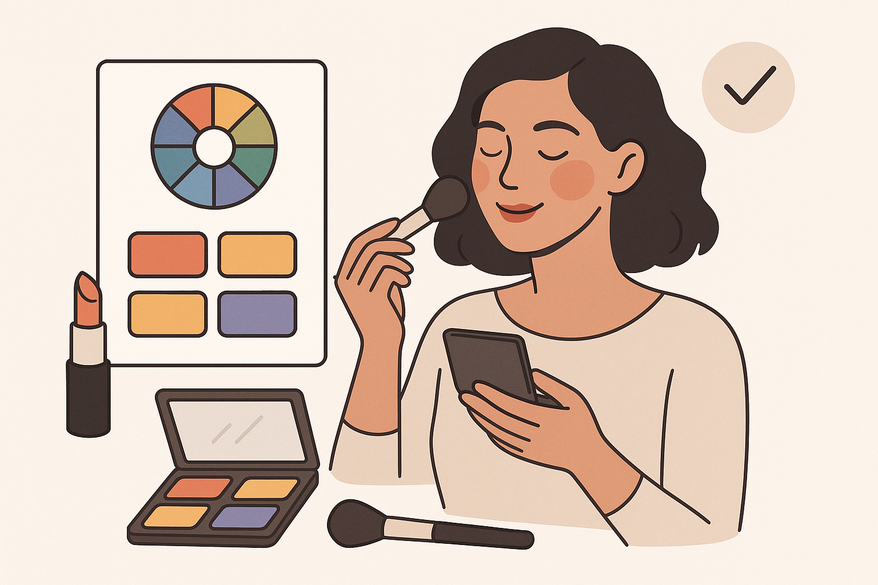
Estimated reading time: 8 minutes
Key Takeaways
- Color impacts emotion via the limbic system, making makeup a powerful mood tool.
- Warm tones (reds, oranges, yellows) energize; cool tones (blues, greens, purples) soothe.
- Match shades to your skin undertone and desired emotional effect.
- Simple techniques—like focusing on one feature or layering—boost confidence in application.
- Expert insights and case studies prove real-world mood benefits.
Table of Contents
- Section 1: Understanding Color Psychology in Makeup
- Section 2: Analyzing Mood-Enhancing Makeup Colors
- Section 3: Practical Tips and Techniques
- Section 4: Expert Insights and Case Studies
- Conclusion
Section 1: Understanding Color Psychology in Makeup
Color psychology examines how pigments interact with the brain’s limbic system to influence mood and motivation. Knowing these basics helps you pick mood-enhancing shades with purpose.
Key Concepts
- Limbic system response: Pigments send signals that can energize or soothe.
- Warm vs. cool tones:
- Warm (reds, oranges, yellows) = excitement, energy, passion.
- Cool (blues, greens, purples) = calmness, creativity, serenity.
- Individual and cultural factors: Age, gender and background influence color perception.
Why It Matters
- Foundation for choice: Understanding tone effects prevents mismatched looks.
- Informed self-care: You move from “What looks good?” to “What feels good?”
Section 2: Analyzing Mood-Enhancing Makeup Colors
Below is a breakdown of top hues and their emotional benefits. Use these to craft looks that match your mood goals.
Red: Passion and Confidence
- Symbolism: Passion, energy, confidence.
- How to use: Bold red lipstick or a flush of red blush.
- Best on: Warm and neutral undertones for maximum impact.
Pink: Youthful Playfulness
- Symbolism: Youthfulness, self-love, playfulness.
- How to use: Soft pink on cheeks or lips for a comforting lift.
Blue: Calm and Trust
- Symbolism: Calm, serenity, trust.
- How to use: Blue eyeshadow or liner on cool-undertone skin to reduce stress.
Green: Renewal and Balance
- Symbolism: Renewal, balance, tranquility.
- How to use: Moss or sea-green accents on lids; ideal for neutral undertones.
Yellow: Optimism and Energy
- Symbolism: Optimism, happiness, energy.
- How to use: Tiny yellow inner-corner highlight to invigorate the eyes.
Purple: Creativity and Mystery
- Symbolism: Creativity, mystery, imagination.
- How to use: Deep plum lip or lavender shadow for an artistic edge.
Earthy Neutrals: Grounded Authenticity
- Symbolism: Grounded, authentic, stable.
- How to use: Taupe browns on eyes or brows for comfort and reliability.
Shade-Selection Tips
- Match undertone: Warm skin = reds, oranges, yellows; cool skin = blues, purples, greens. Check out the lipstick shade finder guide to build a cohesive palette.
- Align emotion: Choose energizing tones for motivation, soothing hues for relaxation, playful shades for joy. You can also explore AI-driven color selection tips.
Section 3: Practical Tips and Techniques
This section helps you apply mood-boosting shades with ease and confidence.
Focus on One Feature
- Pick lips or eyes for your mood color.
- Avoid clashing bright hues on multiple areas at once.
Layering Method
- Apply a neutral base on lids or lips.
- Add a vibrant pop—inner or outer corners of eyes, or center of lips.
Benefit: Balanced look with targeted emotional lift.
Seasonal Adjustments
- Summer: Bright oranges, yellows, corals for vitality and glow.
- Autumn/Winter: Warm browns, muted reds, soft purples for cozy comfort.
Mindful Application Ritual
- Treat makeup time as self-care.
- Focus on each brush stroke.
- Reinforce positive mindset with deep breaths and affirmation.
For subtle guidance as you experiment with shades, Makeup Check AI can quickly analyze your look and offer personalized color suggestions.
Section 4: Expert Insights and Case Studies
Real-world proof that this guide works.
Expert Quote
“Colors carry inherent meanings—shaped by culture and individual experience—and can trigger subconscious responses.”
— Dr. Clara Jenkins, makeup psychologist
Case Study 1: Red Lip Confidence
- Subject: Felt low energy.
- Action: Classic red lipstick.
- Result: 30% uplift in confidence and social engagement.
Case Study 2: Blue for Calm
- Subject: Experienced daily anxiety.
- Action: Soft blue eyeliner morning ritual.
- Result: Noticeable stress reduction on hectic days.
Conclusion
This guide walked you through:
- Color psychology basics and limbic system effects.
- Top mood-boosting hues and their symbolism.
- Practical application tips for every season and feature.
- Expert proof and real-life case studies.
Using color therapy in your routine empowers you to lift your mood on purpose. Experiment with these shades, adjust to your skin tone, and watch how simple color choices can brighten your day.
Share your favorite mood-boosting makeup colors or experiences in the comments below. Subscribe for more research-backed beauty guides blending color psychology and self-care.
FAQ
- What is color psychology in makeup? The study of how hues influence emotion by engaging your brain’s limbic system.
- How do I pick the right shades for my skin tone? Determine your undertone (warm, cool, neutral) then match with energizing or soothing hues as outlined above.
- Can makeup colors really boost my mood? Yes—experts and real case studies demonstrate that specific shades can increase confidence, calm nerves, and spark creativity.
- How do I start experimenting without overwhelming myself? Focus on one feature—like a bold lip or subtle eye accent—or try the layering method for a balanced pop of color.

